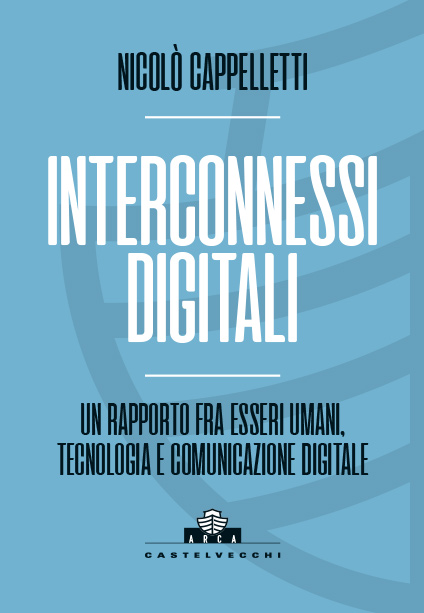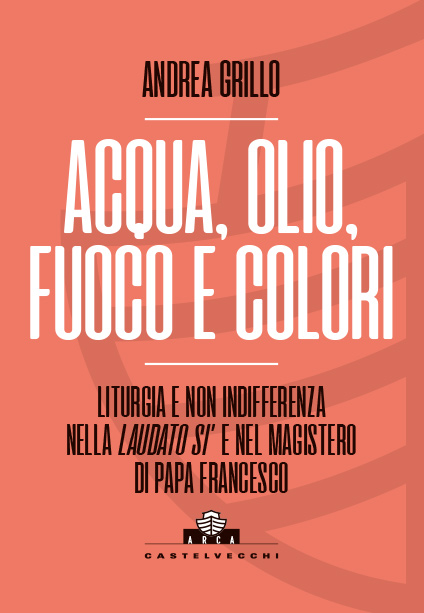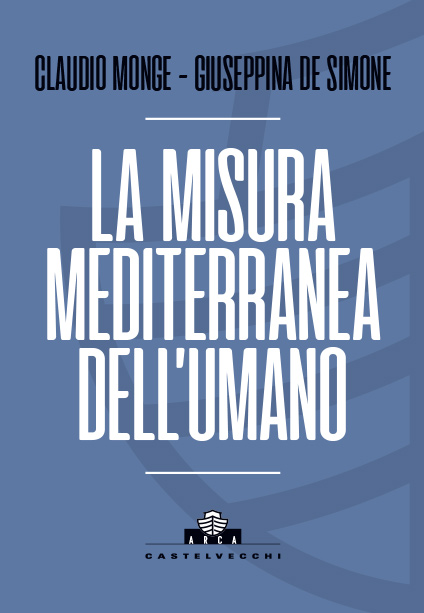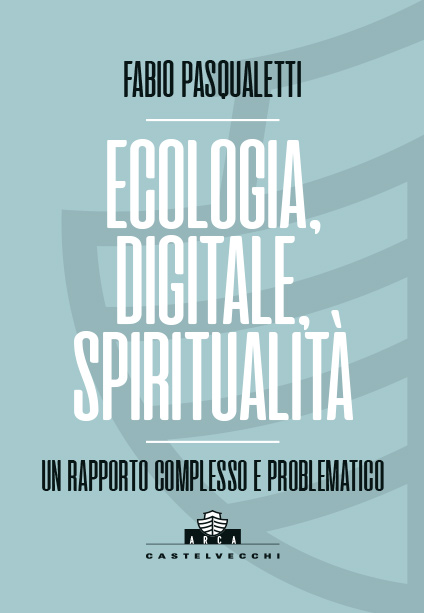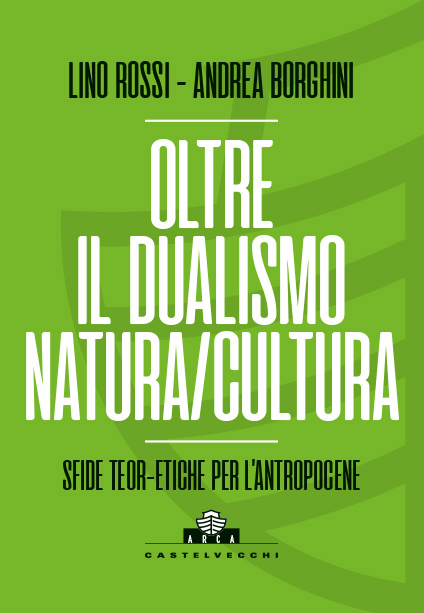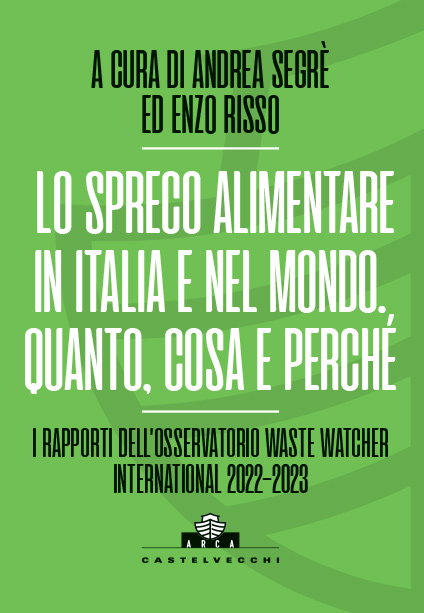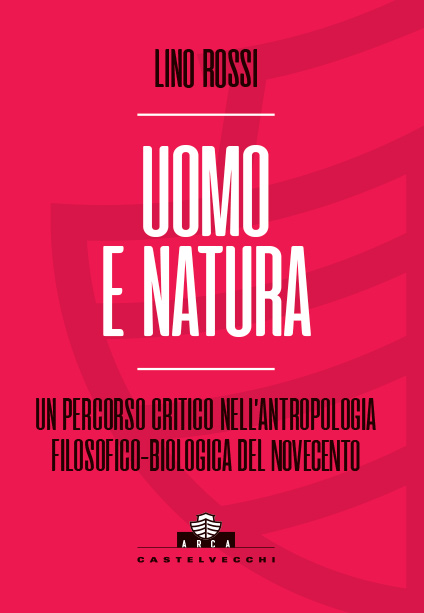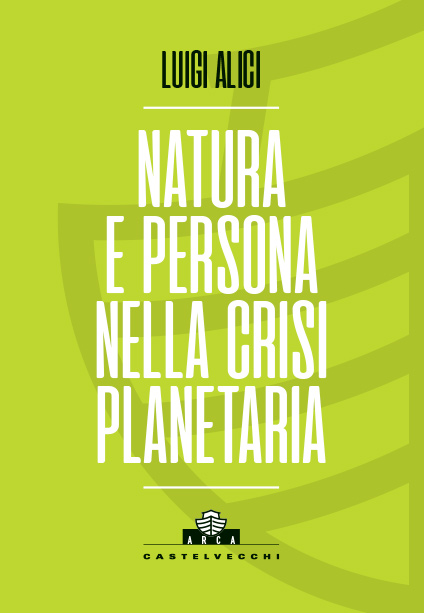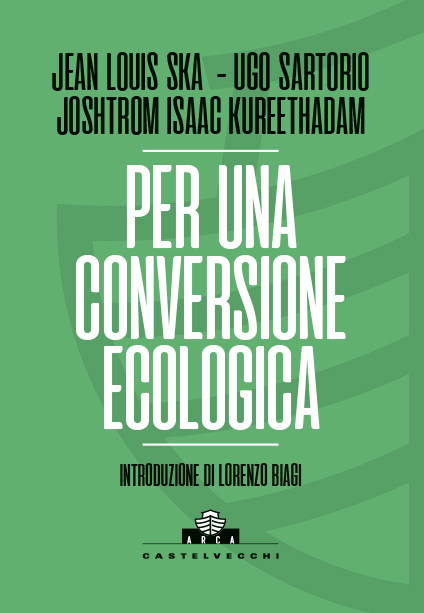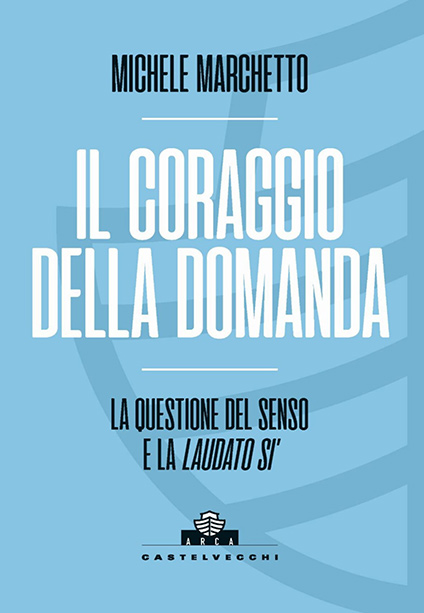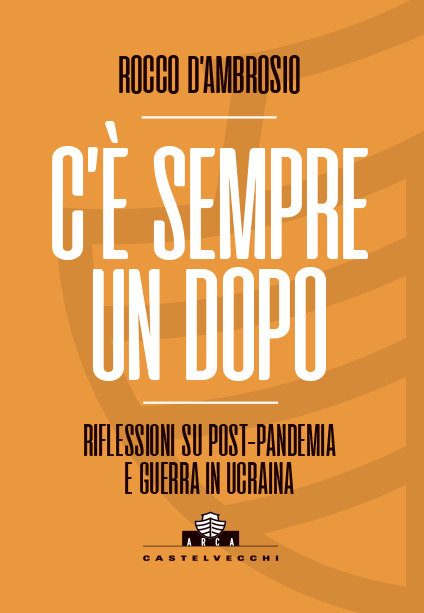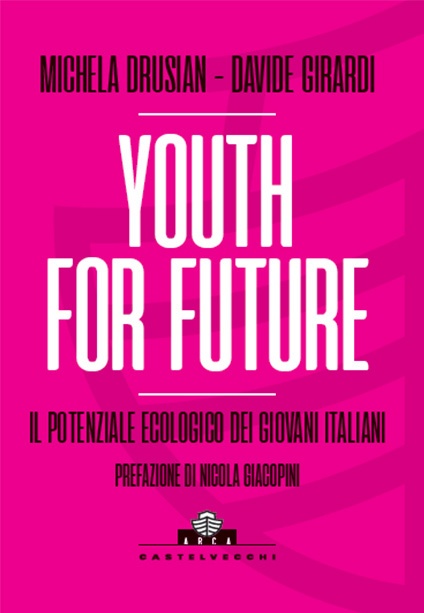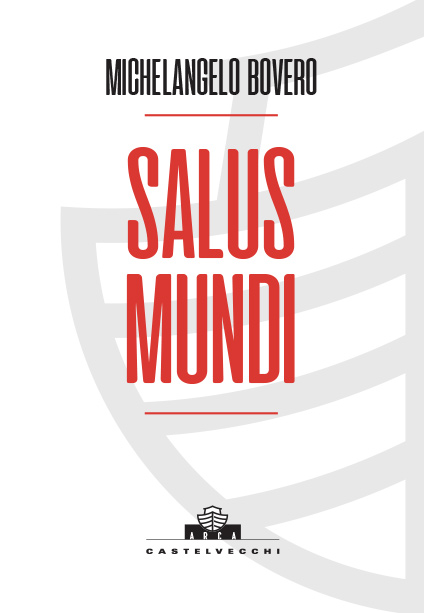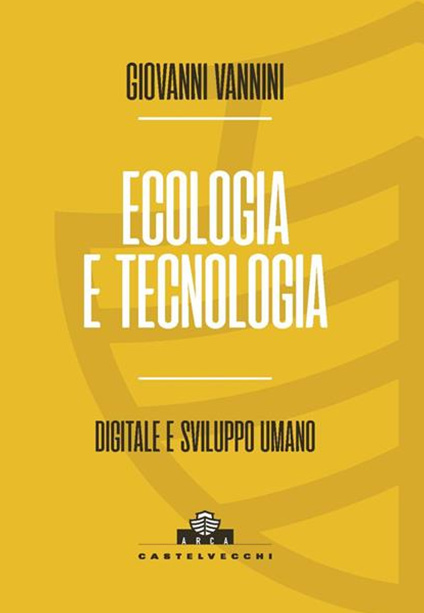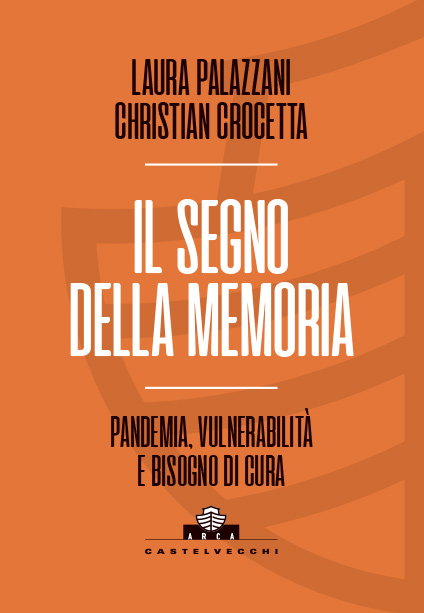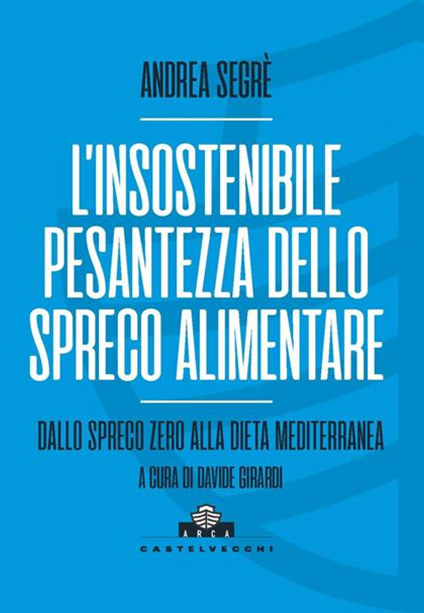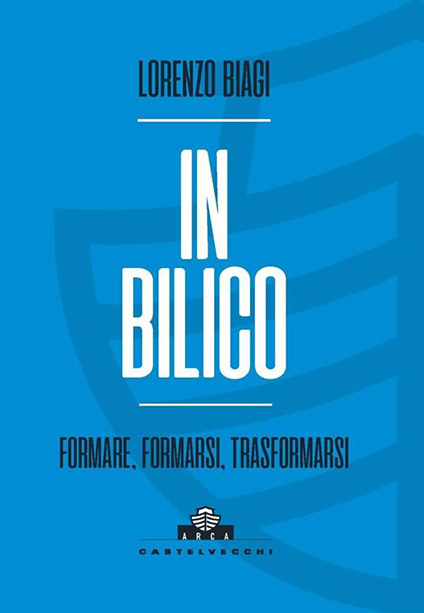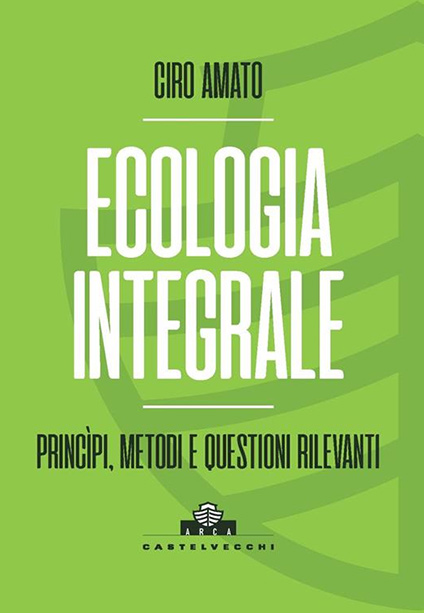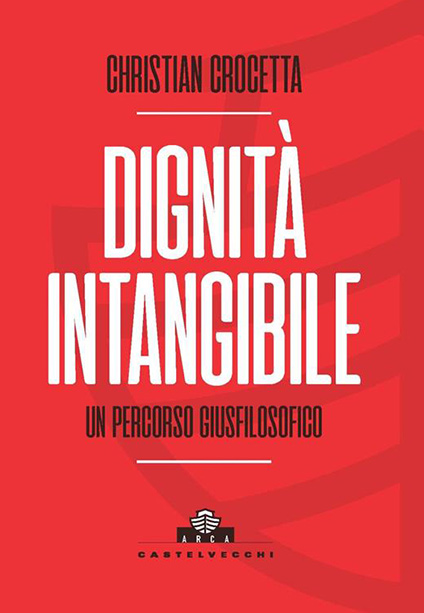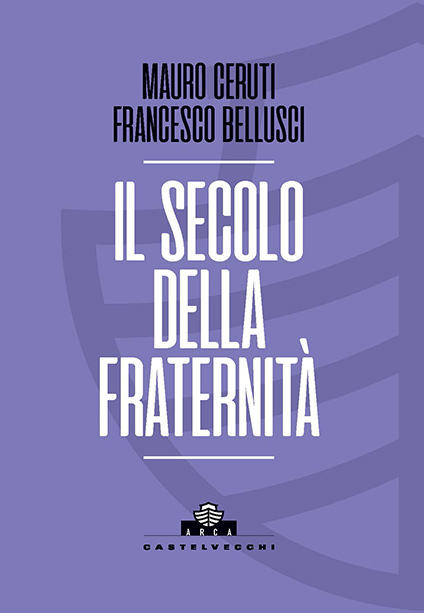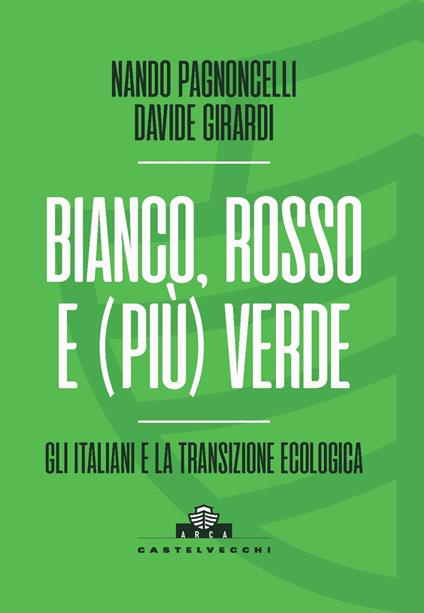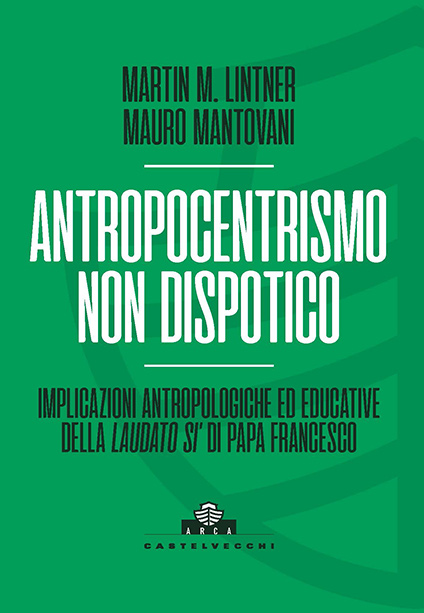Titolo: Scenari dell’altro: posizione, funzione, traiettoria
Tipo di pubblicazione: articolo
Anno di pubblicazione: 2019
Autore: Enrico Orsenigo
Rivista: IUSVEducation #13
Pagine: 128-163
Data di pubblicazione: luglio 2019
Editore: IUSVE – Istituto Universitario Salesiano
ISSN: 2283-642X
Come citare: Orsenigo, E. (2019). Scenari dell’altro: posizione, funzione, traiettoria. IUSVEducation, 13, 128-163. https://www.iusveducation.it/scenari-dellaltro-posizione-funzione-traiettoria/
Parole chiave: altro, estraneo, rete digitale, perturbante, misteriosità
Paper PDF: IUSVEducation_13_Orsenigo_SCENARI_DELL’ALTRO.pdf
Abstract:
Il presente elaborato si organizza come studio a tre livelli, qui chiamati scenari, appositamente separati tra loro, pur avendo lo stesso oggetto di studio: L’Altro, nelle sue varie declinazioni.
Nel primo capitolo, chiamato scenario filosofico, l’Altro assume le sembianze dellarete digitale, dell’estraneo e della società. In questa prima parte i contributi principali provengono da autori quali G. W. F. Hegel, Edmund Husserl, Jean-Paul Sartre, Umberto Eco, Byung-Chul Han.
Nel secondo capitolo, chiamato scenario antropologico, l’Altro è l’altro-da me, inventato attraverso i confini e le sistematizzazioni dei cataloghi antropologici, è l’alterità che subisce violenza da un’identità che si professa gerarchicamente superiore, e infine l’Altro come me stesso, con un senso diversamente differente. L’analisi di questa seconda parte è stata possibile attraverso i contributi principali di Carl Linnaeus, Charles Darwin, Theodosius Dobzhansky, Luigi-Luca Cavalli-Sforza, Guido Barbujani.
Nel terzo capitolo, chiamato scenario psicoanalitico, l’Altro è il nucleo straniero del Medesimo. Assume le sembianze dello straniero interiore e del perturbante. Infine l’Altro come la cifra misteriosa e impenetrabile di ogni soggetto e di ogni spazio. Sono molti i contributi principali presenti in questa ultima parte, tra questi: Guy De Maupassant, Arthur Rimbaud, Sigmund Freud, Jacques Lacan.
Keywords: other, foreign, digital network, uncanny, mysteriousness
Abstract:
The present paper is organized as a three-level study, here called scenarios, specifically separated from each other, although having the same object of study: l’Altro, in its various forms.
In the first chapter, called the philosophical scenario, l’Altro takes on the appearance of the digital network, of the stranger, of society, and finally of the Shadow. In this first part the main contributions come from authors such as G. W. Hegel, Edmund Husserl, Jean-Paul Sartre, Umberto Eco, Byung-Chul Han. In the second chapter, called the anthropological scenario, l’Altro is the other- from me, which was invented through the boundaries and systematizations of anthropological catalogs, is the alterity that suffers violence from an identity that is hierarchically superior, it is finally l’Altro as myself, with a differently different meaning. The analysis of this second part was possible through the main contributions of Carl Linnaeus, Charles Darwin, Theodosius Dobzhansky, Luigi- Luca Cavalli-Sforza, Guido Barbujani.
In the third chapter, called the psychoanalytic scenario, l’Altro is the foreign nucleus of the same. It takes on the appearance of the inner stranger, of the perturbing, of the dimension that can be analyzed through “the optical scheme”. Finally, l’Altro as the mysterious and impenetrable figure of every subject and every space. There are many main contributions in this last part: Guy De Maupassant, Arthur Rimbaud, Sigmund Freud, Jacques Lacan.
















